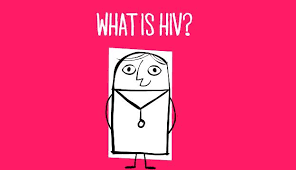Source: mirror.co.uk
The news on AIDS and HIV gets better and better. A study of gay couples has shown us that even between partners where one of them is HIV positive, the risk of transmitting HIV to the other partner if it is suppressed to undetectable levels is very low, it was reported in the British Medical Journal.
The study is another step forward because it tracked the HIV virus in sexually active couples over two years.
Researchers recruited 972 male couples aged 18 or over from 14 European countries where one partner was HIV positive, and one not.
The HIV-positive partner was taking antiretroviral therapy, and expected to continue, and the couple were having condomless penetrative sex in the month before enrolment, and were expected to continue.
Questionnaires every four to six months recorded adherence to antiretroviral therapy, sexual behaviour, other sexually transmitted infections, use of HIV prophylaxis and injecting drug use.
This was a robust study in a large number of men so we should be relying on the results.
Couples were followed up for an average of two years.
In 96% of the couple-years available, the HIV- positive partner had an undetectable viral count, and in the remaining 4% the viral count was very low.
The frequency for couples having condomless sex during the study was recorded as 43 times a year and there were no HIV transmissions reported between couples.
The estimated transmission rate was 0.0 equivalent to one transmission per 435 years of condomless sex.
Without antiretroviral therapy, based on previous figures, the researchers said they would have expected to see 472 HIV transmissions.
This is thrilling evidence that the risk of passing on HIV in someone who’s taking antiretrovirals – so with an undetectable virus count – is, to all intents and purposes, zero.
The NICE guidance for treatment of people with established HIV infection that says “Advise using condoms with water-based lubricant for vaginal and anal sex, and condoms or dams (latex sheets) for oral sex”.
That’s because the risk of transmission is very low to non-existent when viral load is suppressed.
But the study also highlighted the high risk of other sexually transmitted infections when condoms aren’t used.
As such, it shows the importance of HIV testing and treatment for people at risk of HIV, and of good adherence to antiretroviral treatment and testing of viral load for HIV-positive people.
The same benefits wouldn’t be seen if adherence to treatment was not as good as in the men in this study.
